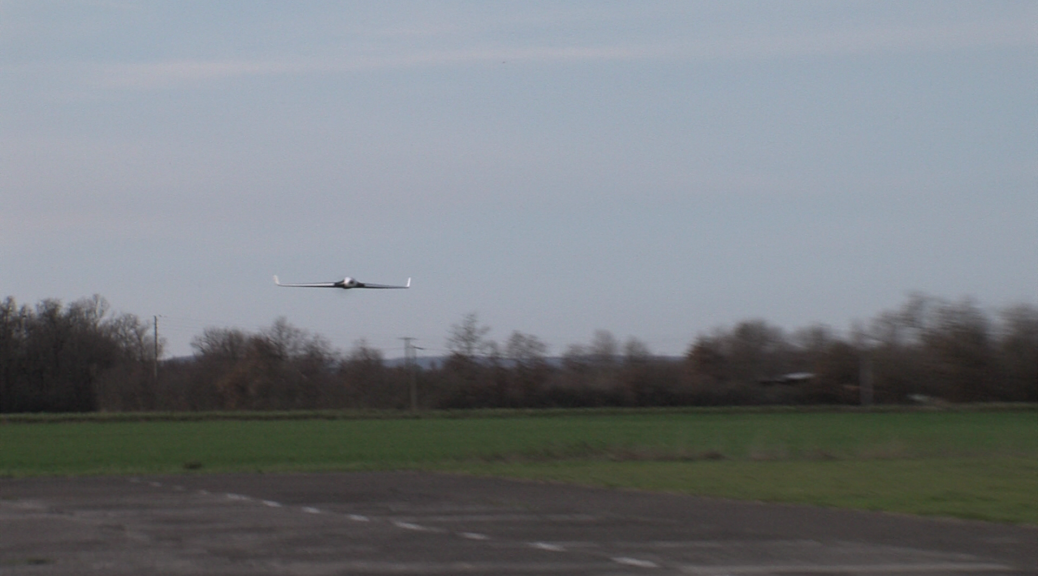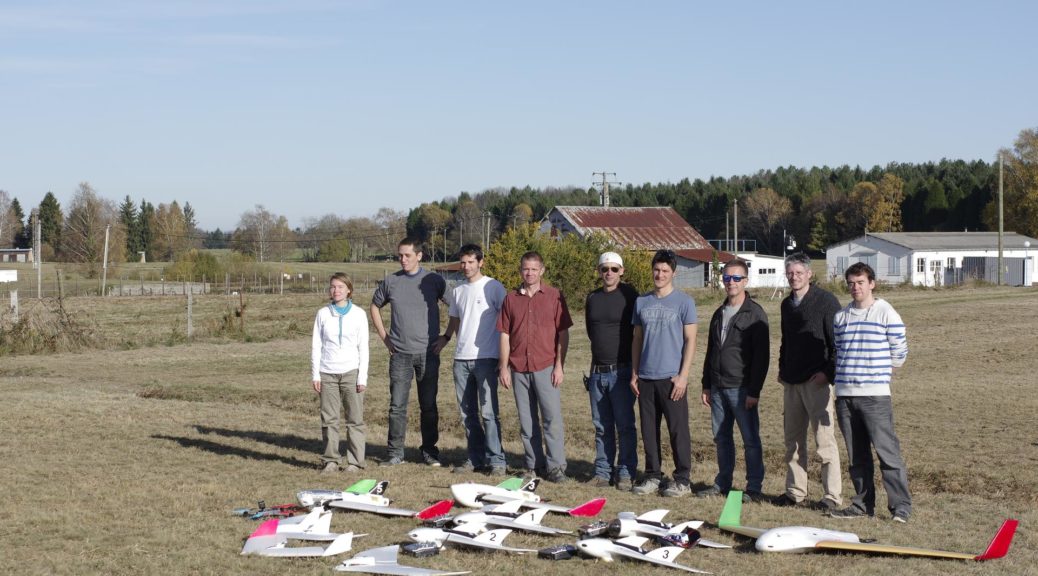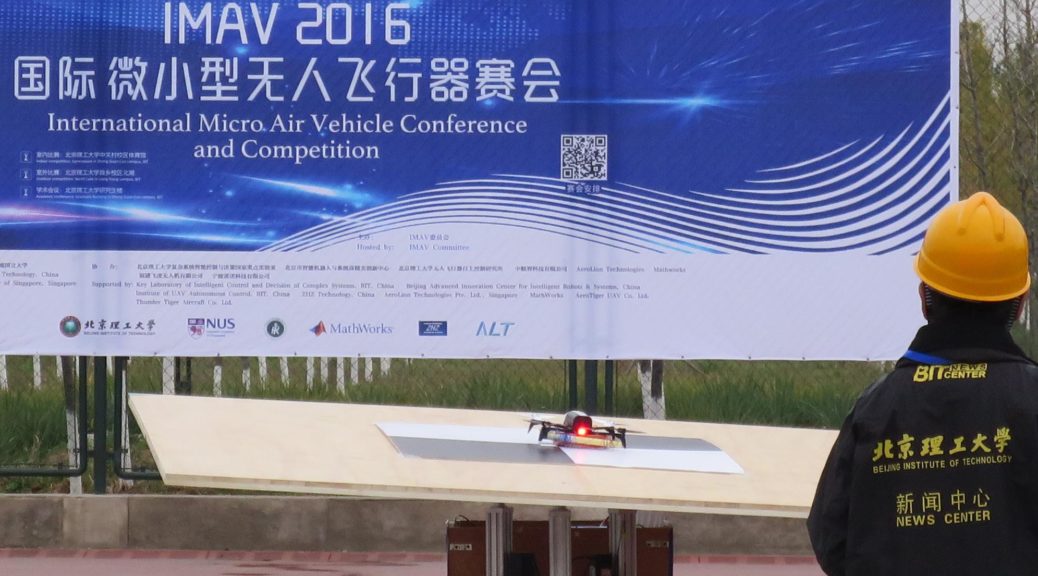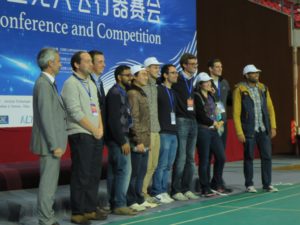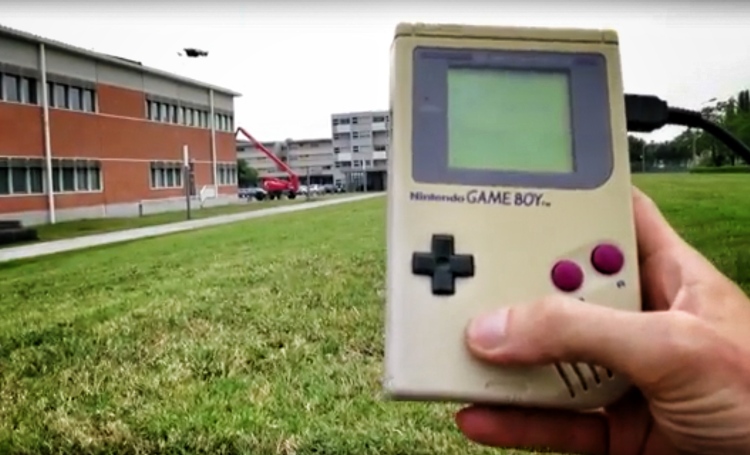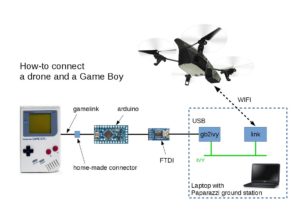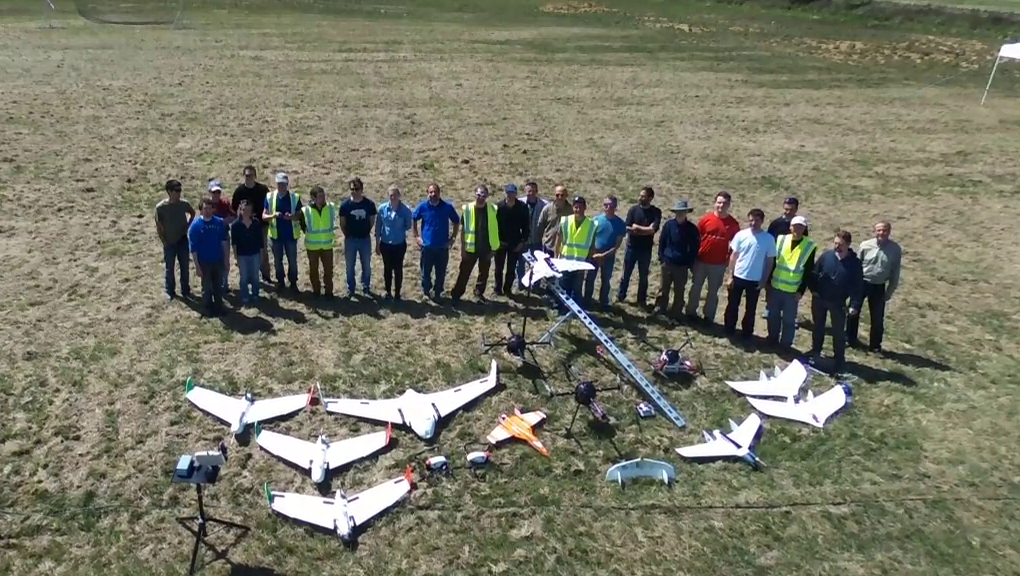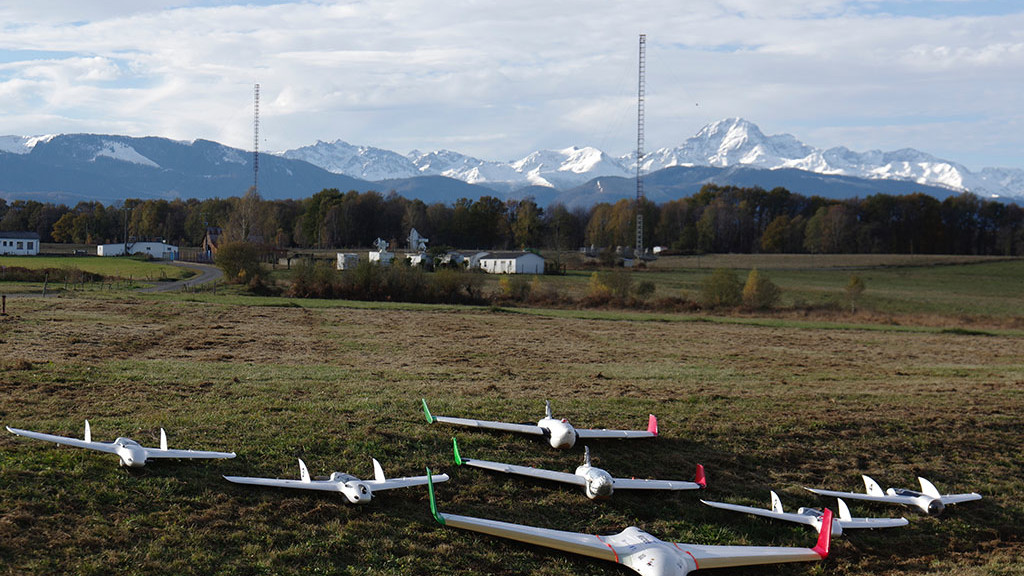The Disco from Parrot is a fixed-wing aircraft designed for FPV with all the feature already available on their Bebop2, plus some extra things, like airspeed sensor, SBUS input and PWM outputs.
The autopilot itself is all integrated in a box called C.H.U.C.K. and it allows nice and easy flights with the SkyController2 and the Cockpitglasses, connected via Wifi.
Just like the Bebop and ARDrones, it is now possible to fly this drone using Paparazzi. Just connect to the plane, upload your code and you’re ready to go! Here is the video of the maiden flight:
More information are available on the wiki: http://wiki.paparazziuav.org/wiki/Disco
Special thanks to ArduPilot and Andrew Tridgell who implemented the driver for PWM output on this plane and his tips for debugging the Paparazzi version.
